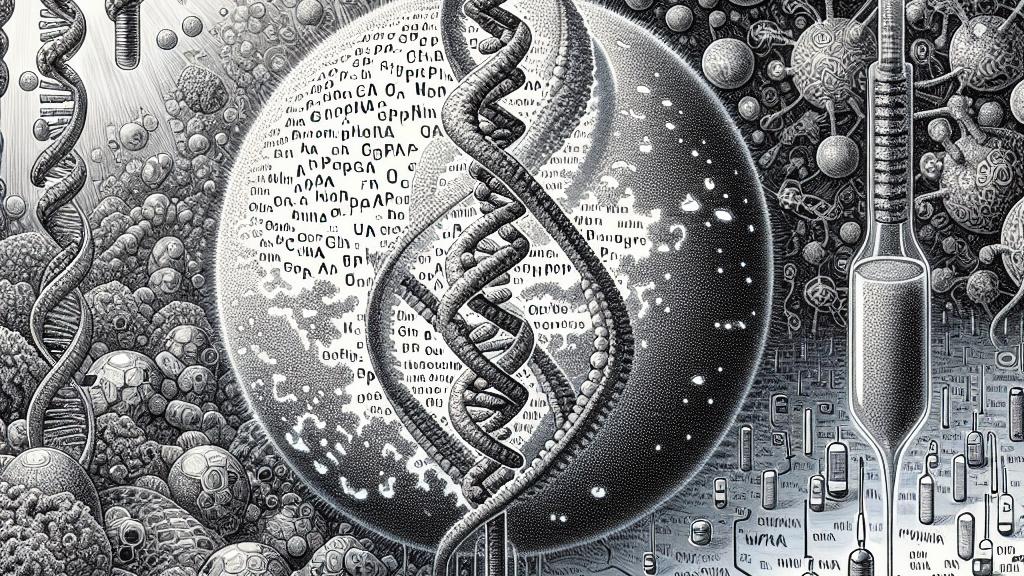New Insights into the Chirality of Proteins in the Origin of Life
Overview
- In a groundbreaking discovery, recent research shows RNA can create both left- and right-handed amino acids, shaking the foundations of our understanding of molecular biology.
- This study, which mimics conditions present on early Earth, suggests life’s complex origin is influenced by adaptive rather than preset molecular biases.
- Understanding these findings could unlock new avenues for studying life's beginnings and its potential existence on other worlds.

Reassessing the RNA World Hypothesis
Diving into the essence of life, recent findings from UCLA challenge our traditional views on the RNA world hypothesis. This hypothesis has long suggested that RNA was a foundational molecule, acting as both a repository of genetic information and a catalyst for chemical reactions on early Earth, nearly 3.7 billion years ago. Historically, it was assumed that life favored left-handed amino acids exclusively. However, this exciting new research reveals a nuanced perspective: ribozymes, a class of RNA enzymes, can synthesize amino acids in both left- and right-handed forms without any inherent preference. It’s like discovering that the code of life is not black and white but a spectrum, bursting with possibilities that could redefine how we comprehend biological evolution.
Experimental Insights into Chirality
Imagine scientists recreating the primordial conditions of early Earth in a laboratory! That’s exactly what researchers did, immersing ribozymes in a soup of amino acid precursors. The results? Absolutely fascinating. They found that ribozymes showcased no distinct inclination towards either left-handed or right-handed amino acids during the synthesis process. This observation throws a wrench in the long-standing notion of a hardwired chemical determination for chirality in biological systems. Instead, it hints that the eventual dominance of left-handed amino acids in modern biology may have emerged from evolutionary pressures rather than an initial chemical bias. Such insights encourage us to weave a more intricate story of life's early protein synthesis, one that is rich with diversity and adaptation rather than simple deterministic rules.
Connecting Insights to the Big Picture
While these revelations are thrilling, they also raise a compelling paradox: how could life spontaneously emerge from nonliving matter without the sophisticated proteins that we recognize today? Some researchers propose that simpler, self-replicating RNA-like structures could have appeared first, paving the way for the intricate tapestry of life we observe now. Visualize a primordial world, alive with these basic molecular forms gradually evolving, interacting in ways we’re only beginning to understand. Each new discovery in this field not only enhances our understanding of our own origins but also expands our curiosity about the potential for life elsewhere in the cosmos. Questions remain, but the pursuit of answers drives science forward, igniting hope that understanding life's beginnings might just reveal the universal conditions for life itself.

Loading...